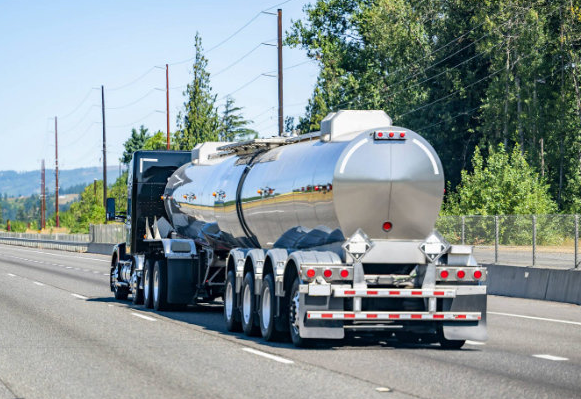To enhance delivery efficiency, consider implementing the following practical strategies, organized by key operational areas:
- Logistics Optimization
- Route Optimization Software: Use tool Dynaroute to minimize travel time and fuel consumption.
- Consolidate Shipments: Combine smaller orders into full truckloads to reduce trips.
- Multi-Modal Transport: Integrate rail or for long-haul segments to cut costs.
- Inventory Management
- Demand Forecasting: Leverage historical data and AI tools (e.g., SAP) to predict stock needs accurately.
- Cross-Docking: Transfer goods directly from inbound to outbound vehicles to bypass storage.
- Just-in-Time (JIT): Align inventory replenishment with demand to minimize holding costs.
- Order Processing Automation
- Automated Systems: Implement ERP or OMS platforms to reduce manual entry and errors.
- Batch Processing: Group orders by region or time windows to streamline fulfillment.
- Technology Integration
- Real-Time Tracking: Deploy IoT-enabled GPS for live shipment monitoring.
- Drone/Autonomous Vehicles: Pilot these for last-mile delivery in urban areas where feasible.
- Last-Mile Efficiency
- Local Hubs: Position micro-fulfillment centers near high-demand areas.
- Pickup Points/Lockers: Partner with retailers or install lockers for customer self-service.
- Crowdsourced Delivery: Use platforms like UberRush for scalable capacity during peaks.
- Supplier & Partner Collaboration
- Vendor-Managed Inventory (VMI): Allow suppliers to monitor and restock inventory.
- Data Sharing: Integrate systems with partners for seamless coordination.
- Workforce Management
- Training Programs: Regularly upskill staff on efficient practices and technology.
- Performance Incentives: Reward teams for meeting delivery targets or reducing errors.
- Customer Communication
- Proactive Updates: Send SMS/email alerts for dispatch, delays, and ETAs.
- Flexible Scheduling: Let customers choose delivery slots to optimize routing.
- Continuous Improvement
- KPI Monitoring: Track metrics like On-Time Delivery Rate and Cost per Mile.
- Lean/Six Sigma: Apply methodologies to eliminate waste (e.g., excess packaging).
- Sustainability Initiatives
- Eco-Friendly Packaging: Use lightweight, recyclable materials to lower shipping costs.
- Electric Vehicles (EVs): Transition fleets to EVs for long-term fuel savings.
- Risk Mitigation
- Contingency Plans: Prepare for disruptions with backup routes or suppliers.
- Redundant Systems: Maintain alternative logistics partners for critical routes.
- Data-Driven Decisions
- Predictive Analytics: Use tools like Tableau to anticipate trends and optimize workflows.
- Vehicle Maintenance: Schedule regular upkeep to avoid breakdowns.
Final Tip: Start with high-impact, low-cost changes (e.g., route optimization, batch processing) before scaling to advanced solutions (drones, VMI). Regularly solicit feedback from teams and customers to refine processes.






